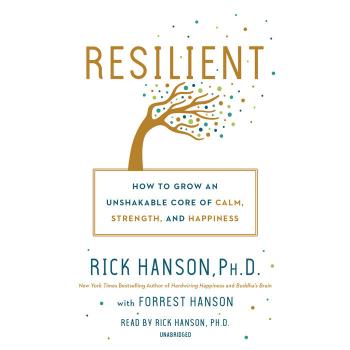Wisdom Walking by Gil Stafford
Wisdom Walking by Gil Stafford is a book that suggests the spiritual life is a pilgrimage. Stafford integrates the pilgrimages of his life in these chapters. Along the way, he also shares the experiences of other people who have journeyed. Between these experiences, Stafford shares insights that he believes is helpful to Christians.
Stafford admits the influence of Carl Jung has been woven into his life and this book. Specifically, Stafford uses Jung’s work on alchemy. Alchemy is defined as exploring unconscious symbols to expand the consciousness of the mind, body, soul, and spirit (7). Stafford defines “wisdom walking” as the alchemical, four-stage spiral process of pilgrimage. Stafford admits that the alchemical process is based upon Jung’s personality typology. Many people use this typology in the Myers-Briggs Type Indicator. The implication is that each person’s spiritual pilgrimage takes on its own personality. These pilgrimages can be categorized, like psychological personality profiles.
While “wisdom walking” is a personality profile, it is also a four-step process. During the first phase, one becomes aware of what one is sensing (11). During the second phase, a person engages in thinking (intellectual reflection). At the third phase, one acknowledges their feelings about the data that their senses have gathered and what their intellect has reflected upon during this experience. Finally, during the fourth phase, one liberates the imagination. The conscious and unconscious mind intersect during one’s imagination. Stafford claims that this is a spiritual experience, one that can present a new way to “live, move, and have our being in the world” (15).
Assessment
Admittedly, Stafford seems to separate the person, Jesus, from His role as the Messiah and Savior of the world. Stafford uses the “Christ figure” as he calls it, for a symbol of complete integration. The Christ archetype becomes the model for becoming one’s true Self (15). Later, Stafford admits to leaving the Christian faith. He first leaves the Southern Baptists to become an Episcopalian over a process of fifteen years. Consequently, Stafford eventually leaves the Episcopalian church to leave the Christian faith in order to become a spiritual pilgrim (71). Stafford contemplates and then endorses the mystic approach to Jesus.
While I agree that the Christian life is a journey, I believe it starts and ends with Jesus. We join Jesus on a spiritual pilgrimage. Jesus becomes our guide to the divine blessing that one encounters as we contemplate God’s Word, commune with the Holy Spirit in prayer, and obey God’s desires for our lives. Christ does not become like us. Instead, Jesus is the author and finisher of the Christian faith (Hebrews 12:2-3). Therefore, He leads us on this spiritual pilgrimage. One cannot explore the spiritual life alone.
Gil Stafford is on Facebook. He leads his own pilgrimage ministry as well. This book can be found on Amazon.
Disclosure of Material Connection: I received this book free from the author and/or publisher through the Speakeasy blogging book review network. I was not required to write a positive review. The opinions I have expressed are my own. I am disclosing this in accordance with the Federal Trade Commission’s 16 CFR,Part 255.

















